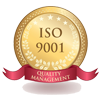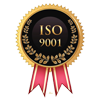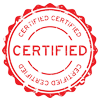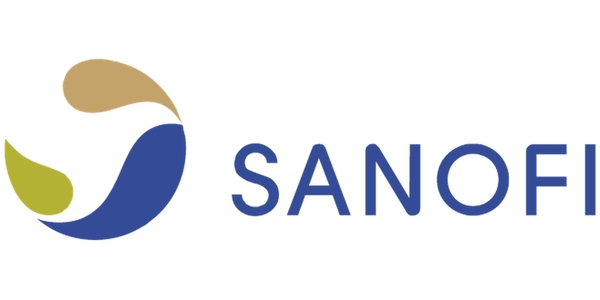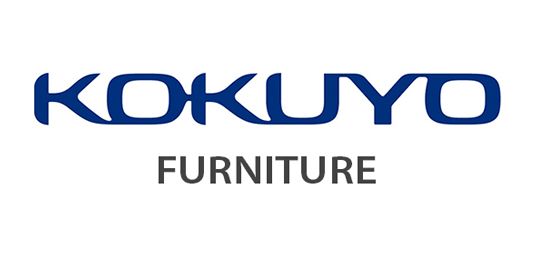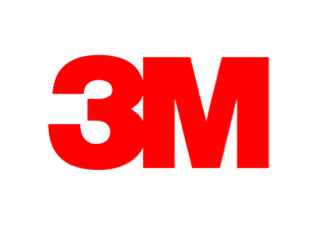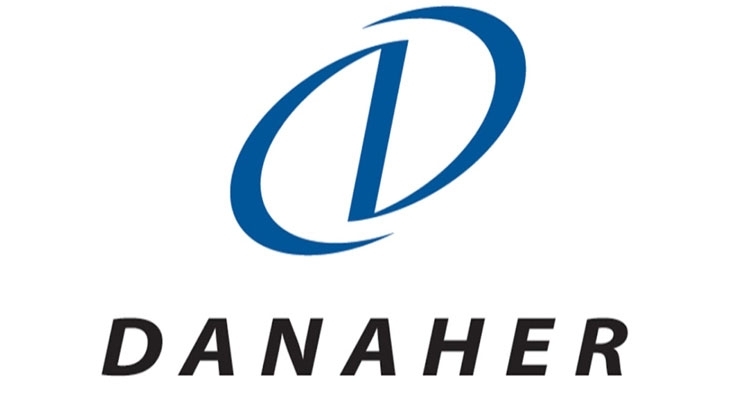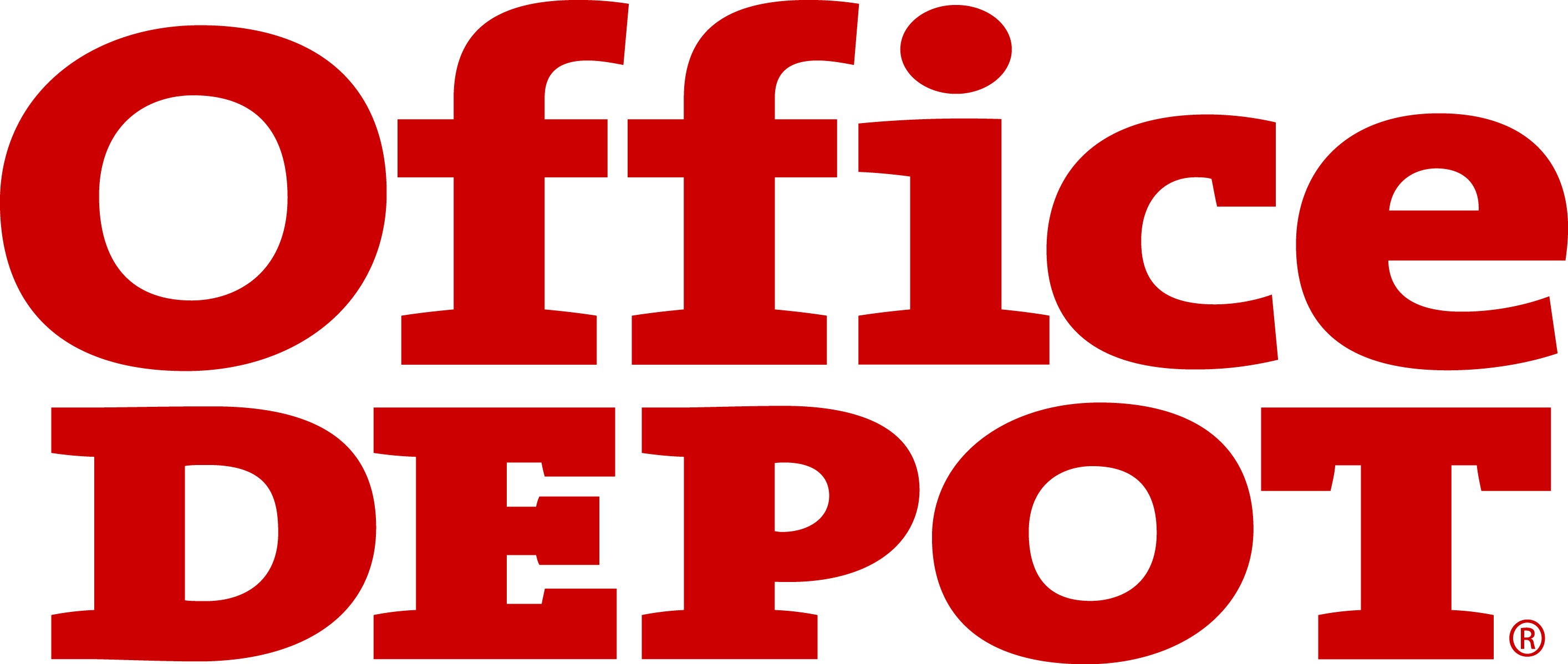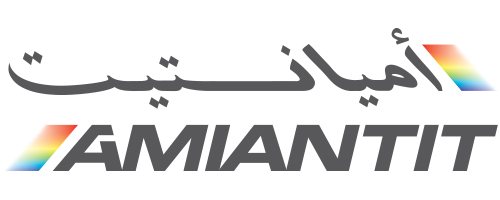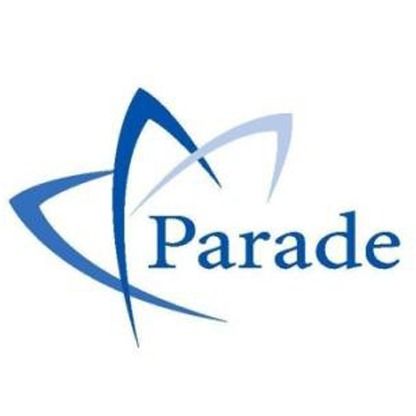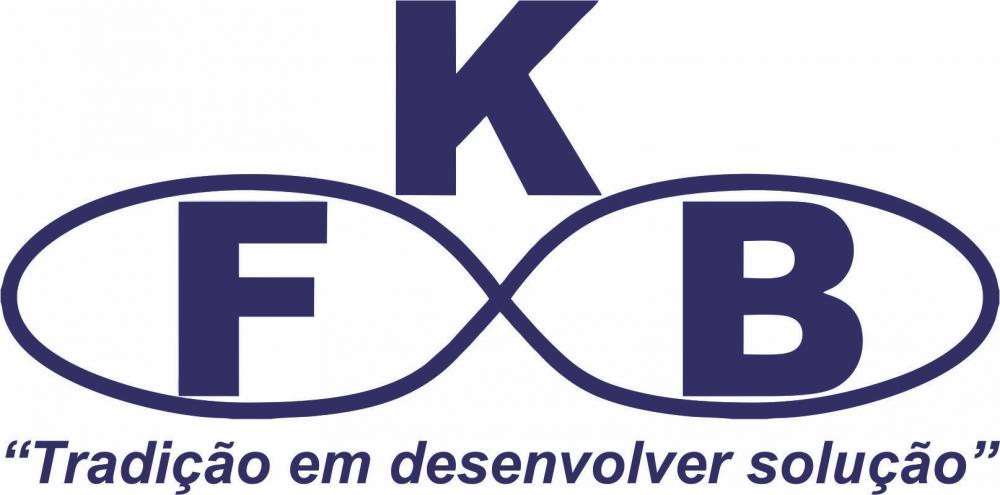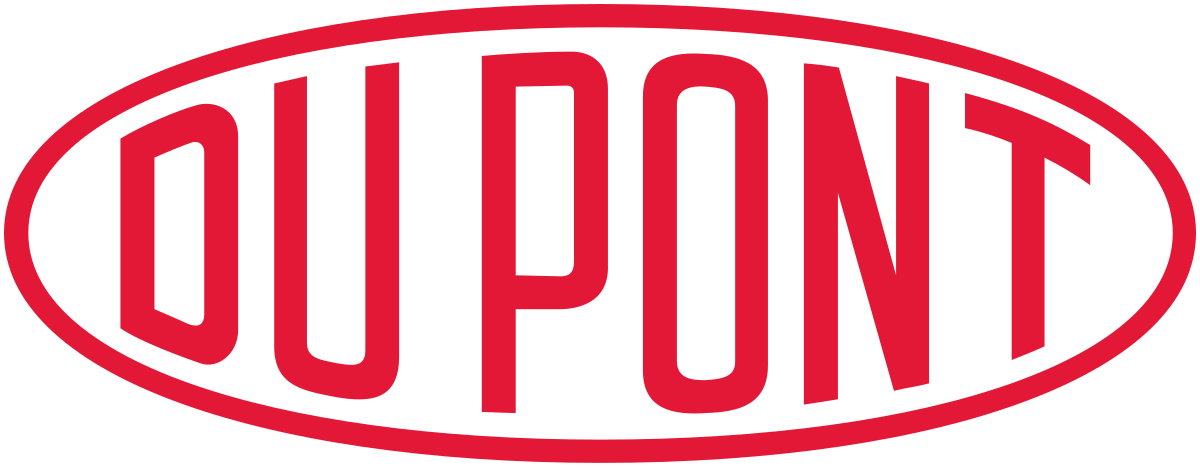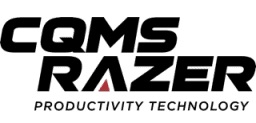Aircraft Actuators Market By Type (Linear, Rotary); By System (Flight Control System, Primary Flight Control System, Secondary Flight Control System, Health Monitoring System, Power Distribution System, Power Generation System, Thrust Reverser Actuation System, Avionics System, Landing and Braking System, Fuel Management System, Utility Actuators System); By Platform (Narrow Body Aircraft (NBA), Wide Body Aircraft (WBA), Extra Wide Body Aircraft (EWBA), Regional Transport Aircraft (RTA), Fighter Jets, Special Mission Aircraft, Trainer Aircraft, Military Transport AIrcraft, Business Jets, Helicopters, Unmanned AIrcraft, VTOLs, Air Taxis); By Technology (Hydraulic, Electric, Electric Actuators, Electric Hybrid Actuators, Electromechanical Actuators, Electrohydraulic Actuators, Electrohydrostatic Actuators, Pneumatic, Mechanical); By Wing Type (Fixed Wing, Rotary Wing); By Application (Commercial Aviation, Military Aviation, Business & General Aviation, Unmanned, Others); By End-Use (OEM, Aftermarket); By Region (North America, Europe, Asia Pacific, Latin America, Middle East & Africa) - Global Market Analysis, Trends, Opportunity and Forecast, 2022-2032
Aircraft Actuators Market Overview and Definition
The global aircraft actuator market size was valued at USD 12.5 billion in 2021 and is projected to reach USD 24.8 billion by 2032, exhibiting a CAGR of 6% during the forecast period 2022-2032.
Aircraft actuators are devices that are responsible for moving and controlling of various mechanisms and systems in aircrafts. The actuation in aircrafts is generally achieved with a valve or lever arrangement according to the need of the system and is extremely crucial for the successful functioning of any aircraft.
These actuators have the ability to withstand harsh and extreme conditions such as strong vibrations, heat, and cold and are used in a wide range of applications such as land gear, flight control, position feedback, clutches, load limiters, manual drives, seat actuation, landing gears, electromagnetic brakes and vibration control & noise control in commercial and other aircrafts. Also, these are used to maintain the aircrafts at low airspeeds as well as in extending and retracting in flights.
They are often made of very lightweight material but are exceptionally reliable and aid in the safety of the individuals inside of the aircraft quite efficiently.
The aircraft actuators market refers to the market for the devices that are used to control and operate various functions of an aircraft, such as controlling the wing flaps, landing gear, and other systems. Actuators are essentially mechanical or electro-mechanical devices that convert electrical signals into physical motion. They are a critical component of aircraft systems and are used extensively in commercial, military, and general aviation applications.
The market for aircraft actuators is driven by several factors, including the growing demand for aircraft, the increasing use of advanced technologies in aircraft systems, and the need for fuel-efficient and reliable aircraft. Additionally, the rise in air passenger traffic and the need for aircraft modernization and upgrade are also driving the demand for aircraft actuators.
Aircraft Actuators Market Key Drivers
The aircraft actuators market is driven by several factors, including:
Increasing demand for aircraft: The growing demand for air travel and the increasing number of commercial and military aircraft worldwide is driving the demand for aircraft actuators. As more aircraft are produced and deployed, the demand for aircraft actuators is expected to increase.
Advancements in technology: The use of advanced technologies such as fly-by-wire and electric actuators is driving the demand for aircraft actuators. These technologies offer significant advantages over traditional hydraulic and pneumatic actuators, such as greater reliability, reduced weight, and increased efficiency.
Need for fuel-efficient and reliable aircraft: Aircraft manufacturers are under pressure to improve the fuel efficiency and reliability of their aircraft. Actuators play a crucial role in achieving these goals by enabling precise and efficient control of various aircraft systems.
Increasing air passenger traffic: The rise in air passenger traffic is driving the demand for new aircraft and the retrofitting of existing aircraft with new systems and components, including aircraft actuators.
Aircraft modernization and upgrade: Many aircraft in service today are aging and require modernization and upgrade. This trend is driving the demand for new and advanced aircraft actuators that offer improved performance and reliability.
Defense modernization programs: Many countries are investing in defense modernization programs that include the procurement of new military aircraft. This trend is driving the demand for military aircraft actuators, which are critical components of modern military aircraft systems.
The growth of this market is attributed towards major relying factors including; the rising production of aircrafts across the globe, the growing trend of More Electric Aircraft(MEA), the worldwide increasing demand for civil and commercial aircrafts, the globally increasing demand for commercial aircrafts with less carbon footprints, the increase in passenger traffic across the world, rise in demand for reducing aircraft weight, surge in demand for premium air travel and the increasing modernization plans of the existing aircrafts etc.
Additionally, the sprouting focus of aircraft manufacturers on rapid advancement in technology and the increasing R&D activities carried out by them on Aerospace Actuators material to optimize the strength and decrease the weight of the aircraft create ample opportunities for the growth of this market. Also, with that, the growth of the aircraft manufacturing industry and the development of the aerospace sector in civil as well as defense industry will further create significant demand for actuators and therefore add to the market growth.
Moreover, the advent of the 3D printing technology has made the process of designing and implementation of actuators faster, less expensive, and simpler. Also, this technology allows the incorporation of all actuator parts into a single structure, hence eliminating the need to use external joints, adhesives, and fasteners. The growth of the application of this technology in the aviation industry will comprehensively enhance the growth of the aircraft actuators market considerably.
Furthermore, other factors such as the increasing air traffic in emerging economies, the increasing middle-class population, rapid urbanization, rapid expansion of the aviation industry, the surging orders and procurement of aircraft, both for commercial and military purposes and the growing bilateral air service agreements among nations, and liberalization will further propel the growth of this market.
Aircraft Actuators Market Challenges
While the aircraft actuators market presents many opportunities for growth, there are also several challenges that must be addressed. Some of the key challenges include:
Intense competition: The aircraft actuators market is highly competitive, with many major players vying for market share. Companies must constantly innovate and improve their products to stay ahead of the competition.
Technological complexity: Aircraft actuators are highly complex devices that require specialized expertise to design, manufacture, and maintain. This complexity can make it difficult for companies to bring new products to market and to maintain high levels of quality.
Cost pressures: The cost of aircraft actuators can be significant, particularly for more advanced technologies such as electric actuators. This can create challenges for companies looking to produce cost-effective solutions for their customers.
Regulatory requirements: The aircraft industry is heavily regulated, with strict requirements for safety and reliability. Companies must comply with a range of regulations and certifications, which can be time-consuming and costly.
Supply chain disruptions: The COVID-19 pandemic has highlighted the vulnerability of global supply chains, particularly in the aerospace industry. Disruptions to the supply chain can cause delays and shortages, which can impact the ability of companies to deliver their products on time and on budget.
Environmental concerns: The aviation industry is under pressure to reduce its environmental footprint, and this is creating challenges for companies that produce aircraft actuators. Companies must find ways to make their products more environmentally friendly, while still meeting the strict performance and reliability requirements of the aviation industry.
Aircraft Actuators Market: Report Scope |
|
|
Base Year Market Size |
2021 |
|
Forecast Year Market Size |
2022-2032 |
|
CAGR Value |
6 % |
|
Segmentation |
|
|
Challenges |
|
|
Growth Drivers |
|
Aircraft Actuators Market Segmentation
By Type
- Linear
- Rotary
By System
- Flight Control System
- Primary Flight Control System
- Secondary Flight Control System
- Health Monitoring System
- Power Distribution System
- Power Generation System
- Thrust Reverser Actuation System
- Avionics System
- Landing and Braking System
- Fuel Management System
- Utility Actuators System
By Platform
- Narrow Body Aircraft (NBA)
- Wide Body Aircraft (WBA)
- Extra Wide Body Aircraft (EWBA)
- Regional Transport Aircraft (RTA)
- Fighter Jets
- Special Mission Aircraft
- Trainer Aircraft
- Military Transport AIrcraft
- Business Jets
- Helicopters
- Unmanned AIrcraft
- VTOLs
- Air Taxis
By Technology
- Hydraulic
- Electric
- Electric Actuators
- Electric Hybrid Actuators
- Electromechanical Actuators
- Electrohydraulic Actuators
- Electrohydrostatic Actuators
- Pneumatic
- Mechanical
By Wing Type:
- Fixed Wing
- Rotary Wing
By Application
- Commercial Aviation
- Military Aviation
- Business & General Aviation
- Unmanned
- Others
By End-Use
- OEM
- Aftermarket
By Region
- North America
- Europe
- Asia Pacific
- Latin America
- Middle East & Africa
Aircraft Actuators Market Regional Synopsis
The North American region is the largest regional market for aircraft actuators. It is estimated that the region will continue to rank the highest in the upcoming years as well. The growth in the region can be well attributed to factors such as the presence of several key aircraft actuator manufacturers in the region, the increasing investments in R&D for the development of reliable and efficient aircraft actuators, and the growing aviation industry in the region. Also, factors such as lower prices of oil, supportive private sector, and low labor cost in this region contribute to the market growth. The major contributor in the region is the U.S.
The Asia Pacific region is the fastest growing regional market for aircraft actuators and is also projected to witness significant rise in the forthcoming years. The growth in this region can be accounted to factors such as the rapidly increasing industrial infrastructure, the rising government initiatives in developing nations, the increasing aircraft orders in countries and the increasing defense budget in the economies of the region. Moreover, the increase in overseas education and the increasing disposable incomes of the populace also contribute to the market growth of this region. The major contributors in the region are India, China and Japan.
Aircraft Actuators Market Key Players
- Woodward Inc.
- Rockwell Collins Inc.
- Microsemi Corporation
- UTC Aerospace Systems
- Collins Aerospace
- Parker Hannifin Corp.
- Eaton
- Moog Inc.
- Honeywell Aerospace Inc.
- Safran SA
- Eaton Corporation
- Electromech Technologies
- Moog Inc.
- NOOK Industries, Inc.
- Parker Hannifin Corp
- Ametek
Aircraft Actuators Market Recent Developments
In December 2020, Curtiss-Wright’s Actuation Division, a leading supplier of electromechanical actuation products and systems for demanding aerospace, defense, and industrial automation applications announced that it was selected by Eviation Aircraft, manufacturer of Alice, the all-electric commuter aircraft, to provide primary flight control actuation technology.
In January 2021, TransDigm Group Incorporated announced that its wholly-owned subsidiary, TransDigm Inc., is planning, subject to market and other conditions, to offer $1,200 million aggregate principal amount of senior subordinated notes (the “Notes”) in a private offering that will be exempt from the registration requirements of the Securities Act of 1933 (the “Securities Act”).

Need Customized Report for Your Business ?
Utilize the Power of Customized Research Aligned with Your Business Goals
Request for Customized Report- Quick Contact -
- ISO Certified Logo -
